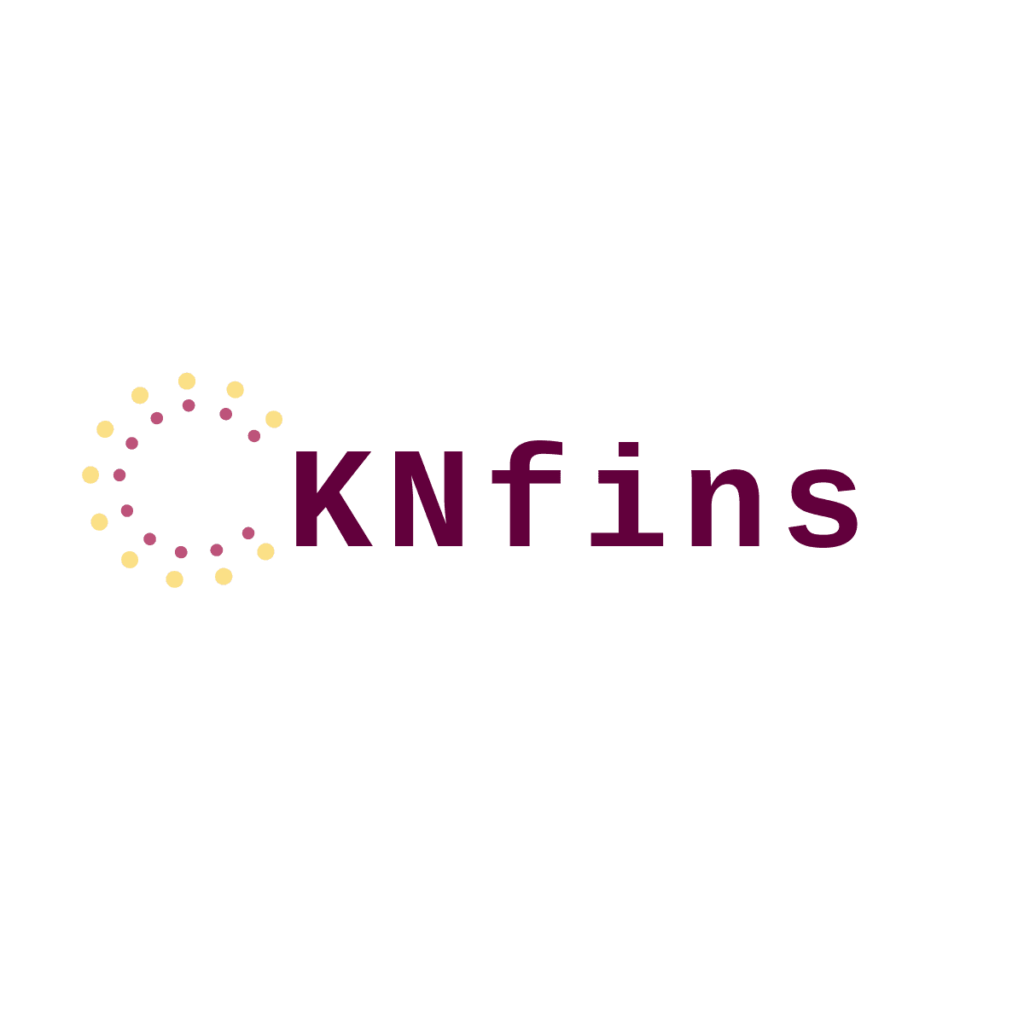An economic moat is a crucial concept in the world of business and investing. It represents a company’s ability to maintain a competitive advantage over its rivals, safeguarding its market share and profitability in the long run. Popularized by legendary investor Warren Buffett, the idea of an economic moat draws parallels to the protective barriers that surrounded medieval castles, providing a strong defense against invaders.
The term “economic moat” has been used extensively by Buffett in his investor presentations over the years. He often refers to the image of a castle with a protective moat around it, signifying a business with durable competitive advantages that set it apart from its competitors. These advantages may include factors such as patents, brand recognition, economies of scale, intangible assets, and high switching costs, all of which contribute to building a strong economic moat for a company.
In the context of business strategy, understanding economic moats is essential for investors seeking to identify companies with sustainable competitive advantages. Companies with economic moats are better positioned to generate higher returns for shareholders over the long term, as they are able to fend off competition and maintain their market leadership.
One of the most well-known proprietary ranking systems for identifying companies with economic moats is provided by Morningstar. This ranking system evaluates companies based on the strength of their competitive advantages and assigns them a rating that reflects the durability of their moat.
Warren Buffett’s analogy of the economic moat as a protective barrier surrounding a castle is a powerful visualization of the concept. Just as a moat provides a layer of defense for a castle, an economic moat gives a company a competitive edge that shields it from competitive threats and enables it to thrive in the market.
While the metaphor of the economic moat draws inspiration from medieval fortifications, the concept is relevant in the modern business landscape. Companies that are able to establish and maintain strong economic moats are better equipped to navigate the challenges of a competitive market environment and sustain their success over time.
In his discussions on the importance of economic moats, Warren Buffett emphasizes the significance of identifying companies with long-lasting and wide-reaching competitive advantages. He highlights the key factors that contribute to building a strong economic moat, such as a unique product or service offering, a loyal customer base, or technological innovation.
Buffett’s focus on the sustainability of a company’s competitive advantage underscores the importance of looking beyond short-term profitability and focusing on long-term value creation. By investing in companies with strong economic moats, investors can benefit from the compounding effect of sustainable competitive advantages that drive long-term growth and profitability.
In conclusion, the concept of the economic moat represents a foundational principle in the world of investing. By understanding and identifying companies with strong economic moats, investors can make informed decisions that have the potential to deliver superior returns over the long term. As Warren Buffett himself has demonstrated through his successful investment strategy, companies with enduring competitive advantages are well-positioned to outperform their rivals and create lasting value for their shareholders.

